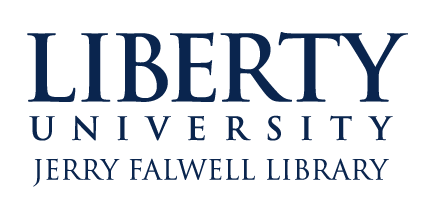Abstract
This essay examines the gag rule of 1836, its motivations and effects. Enacted in 1836 to counter the growing vitriol of the slavery debates, it was later repealed in 1844, following sustained controversy. To begin, the essay analyzes the historical context which informed the rule’s enactment, going over the Second Great Awakening and its role in intensifying the abolitionist movement. It proceeds to examine both the proximate historical explanations for the gag rule, such as recent slave revolts, as well as the more abstract, theoretical arguments concerning how enforced silence can function within democratic legislation. Finally, the essay elucidates the effects of the gag rule and the factors contributing to its failure and ultimate repeal. It ends on a note regarding the proximate impacts of the gag rule in antebellum America, and the precedent it set for other “gag rules” in American society.
Recommended Citation
Byram, Timothy A.
(2015)
"The Gag Rule: From Compromise to Contradiction,"
Montview Journal of Research & Scholarship: Vol. 1, Article 3.
DOI: https://doi.org/10.70623/VPOK1099
Available at:
https://digitalcommons.liberty.edu/montview/vol1/iss1/3


